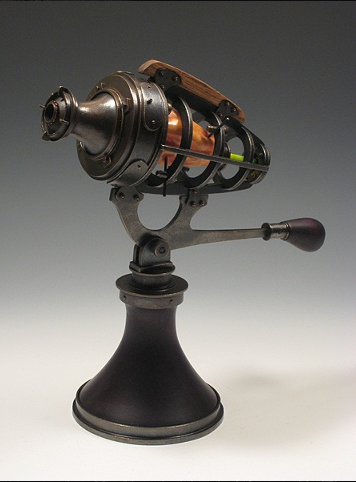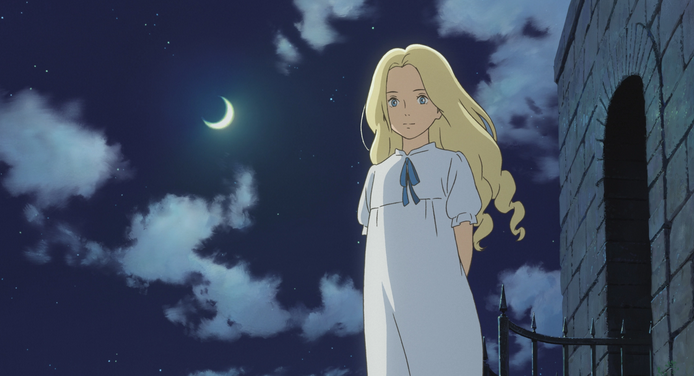On a rainy morning in early May, I met Dixon curator Julie Pierotti, research assistant Laura Gray McCann, and a team of workers in the museum’s gardens, where they were in the process of coaxing a giant ceramic head onto a steel pedestal. The ceramic head was transported on a lift swathed in blankets and slowly leveraged into the correct position, where it faced an almost identical sculpture. The installation team paid no mind to the bad weather as they carefully maneuvered the artwork. This sculpture, I was told, was one of the last to be installed for what will be the Dixon’s largest outdoor exhibition to date.
The exhibition features the work of sculptor and ceramicist Jun Kaneko. Kaneko is based in Omaha, Nebraska, where he operates the world’s largest non-industrial kiln. He is known for his massive and technically improbable works in clay, recognizable for their bright patterning and playful color. Kaneko’s practice has spanned five decades and two continents, though the artist has been based out of Omaha since the mid-1980s.
That morning, McCann clutched a thick binder to her chest, away from the rain. Inside the notebook were much-annotated notes about the installation. Alongside curator Pierotti and an installation team from Kaneko’s studios in Omaha, McCann has worked to integrate the sculptures organically into the gardens. Her notebook included a guide to Kaneko’s many “dongos” (which look roughly like oblong ceramic eggs) and “tanukis” (a Japanese racoon dog). The sculptures currently occupy sightlines throughout the gardens, drawing attention to sometimes overlooked aspects of the landscape.
Installing Kaneko’s massive sculptures has been a feat that has required the Dixon’s team to tread new ground.
“Moving this sculpture was a work of art in and of itself,” McCann told me. In order to install the work, the Dixon poured concrete bases throughout the garden. The sculptures all weigh upwards of 400 pounds. They arrived at the museum via flatbed 18-wheeler. They were then positioned using an elaborate slinging system.
McCann told me that the sculpture’s “scale in the time it takes to create these works matches their scale in size.” Kaneko often spends upwards of a year crafting the massive ceramics. The material may look sturdy but is prone to stresses. Kaneko works with a full-time installation specialist, Conrad Snider, who joined the Dixon team this month. “We did days of walking through the gardens,” McCann told me, “to see how we could push the limits of scale.” The show initially included 16 sculptures but, as the idea for the installation evolved, it blossomed into a 24-piece exhibition.
Kaneko’s sculptures have to be seen in person to be understood. You have to gaze up at them, stand in their shadow, to get the full effect of Kaneko’s fields of colorful glazes, punctuated by excited patterns. Kaneko credits the works’ playfulness to time spent in California in the late 1960s and early 1970s. The Japanese-born artist also says that he draws heavily from Eastern concepts of energy flow.
Kaneko, in a 2005 oral history with the Smithsonian, spoke about the scale of his works, which was partially inspired by visits to European cathedrals: “Psychologically, when you look up, most people feel different things. I don’t know why, but I don’t know anybody who is really sad when they are looking up … it causes huge influences in the interior feeling in your heart. I thought architecture for church was very innovative because it makes you to look up; I mean, brings your feeling up.”
The Dixon, for its part, is excited about the accessibility of the exhibition and how fun it will be for kids who will visit this summer. “You can touch these,” Julie Pierotti told me, smiling.
 David Clemons, ‘Senescopia’ (2007)
David Clemons, ‘Senescopia’ (2007) 